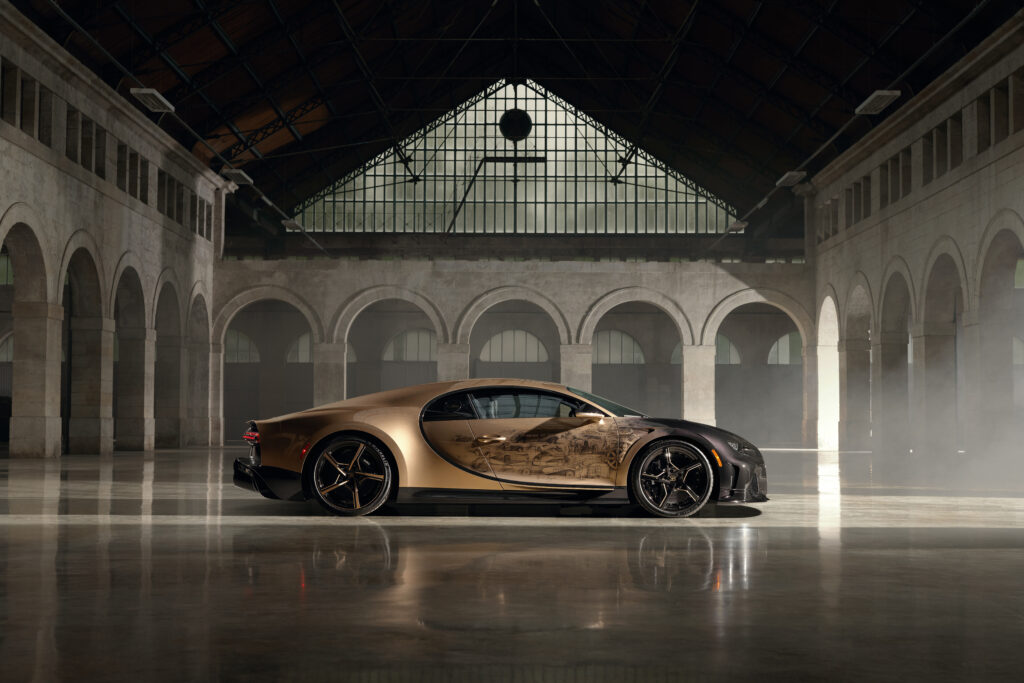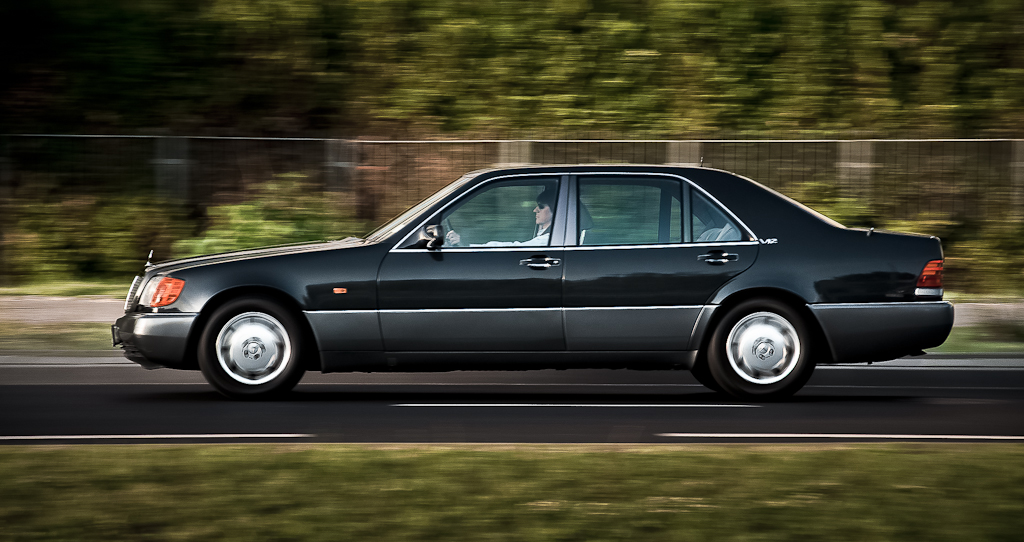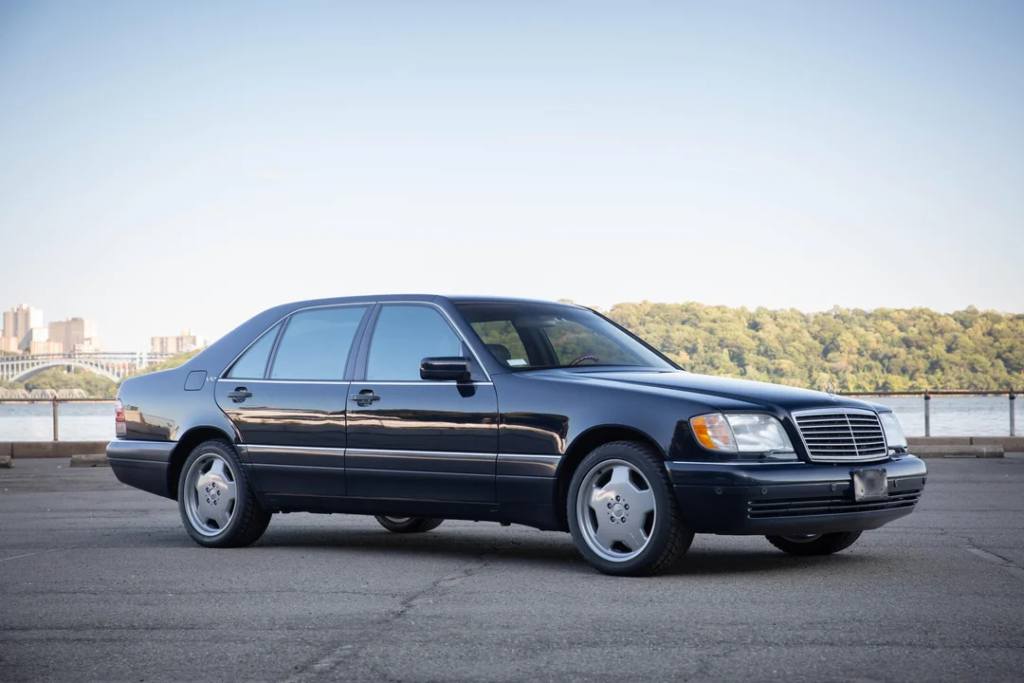Mercedes has a rich history of creating impressive V12 engines and in the 1990s, there was consideration given to developing a W18 engine. This engine would have had eighteen cylinders, two more than even Bugattis’ W16.

A W18 engine had not been seen before from any other manufacturer and even afterwards it only appeared in exceptional cases such as the Bugatti studies EB 118, EB 218 and the mid-engine sports car 18/3 Chiron from 1998/99. But, due to technical difficulties, Bugatti ultimately abandoned the idea and instead developed the 8.0-litre W16, which is still used in the Chiron today.

At that time Mercedes was producing the W140-generation S-Class and was exploring the idea of creating a new flagship variant with an 8.0-liter W18 engine. This engine was known as the M216, but it never progressed beyond the blueprint stage.
(adsbygoogle = window.adsbygoogle || []).push({});
To accommodate such a large engine in the S-Class, Mercedes designed it in a W shape with three banks of six-cylinders joined together at an angle of 75.5 degrees each. This configuration resulted in an engine that was no longer than a traditional inline six-cylinder and could have shared many parts with six-cylinder engines of the day.

Mercedes considered offering the engine in two different S-Class variants each with its own power figures; the entry-level model would have been called the 800 SEL producing 490 HP, 750 N-m of torque and a more powerful variant topping the range with 680 HP, 800 N-m of torque.

However, the W18 engine never progressed beyond the status of a well-developed idea. There are various speculations about the reasons why the M216 engine never made it into production; some suggest that the engine was completely developed but was scrapped at the last minute and that in the mid-1990s, a second attempt was planned as a possible Mercedes-AMG S80.

Ultimately the W18 engine never made it into production. While there are various speculations about the reasons for this, the true reason is that executives decided that the 6.0-liter V12 engine met all the requirements for smoothness and power delivery in both large sedans and sports cars, making the more powerful W18 redundant.









